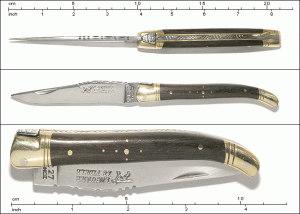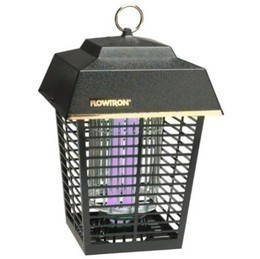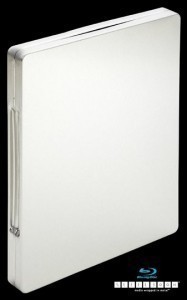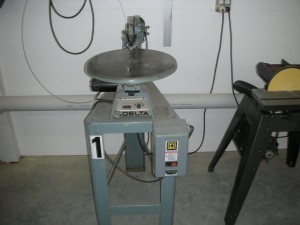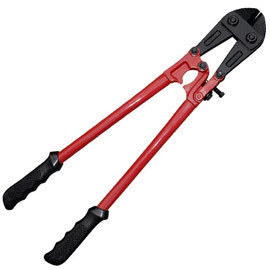Traffic Cone Dimensions
Used to redirect traffic temporarily, a traffic cone is also 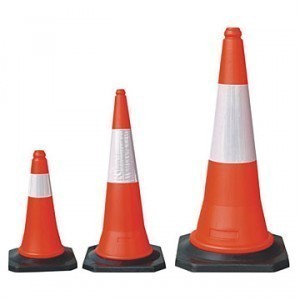 referred to as construction cone, safety cone or highway cone. In other places, it is even called a road cone, mainly because it is often placed on footpaths or roads. This thing is very important to redirect traffic safely. It is also serves a significant purpose in automobile accidents and road construction projects. Aside from these facts, it is also good to know the different traffic cone dimensions.
referred to as construction cone, safety cone or highway cone. In other places, it is even called a road cone, mainly because it is often placed on footpaths or roads. This thing is very important to redirect traffic safely. It is also serves a significant purpose in automobile accidents and road construction projects. Aside from these facts, it is also good to know the different traffic cone dimensions.
The Dimensions of a Traffic Cone
The traffic cone is available in different sizes ranging from as little as 11.81 inches or 30 centimeters to as big as 3.28 feet or 1 meter. For indoor/outdoor use, there is a 12-inch or 300-millimeter version, each of which weighs about 1.5 pounds. For outdoor use like freeway line painting, the 18-inch or 450-millimeter version is commonly used. This particular type of traffic cone weighs about 3 pounds each. For non-highway applications such as in local streets, the appropriate cone measures 28 inches or 700 millimeters. The weight of this particular version is 7 pounds.
In addition to these basic versions, there is also a traffic cone variant designed primarily for highway or freeway applications. It also has a length of 28 inches or 700 millimeters. However, it is slightly heavier than the one used for non-highway applications with a weight of 10 pounds. Finally, a bigger-sized version is available that is less used compared to other types of traffic cones, the length of which is 36 inches or 900 millimeters.
Additional Facts and Other Interesting Details
Charles P. Rudebaker invented the traffic cone in 1914. The original version was made out of concrete. Later on, it was transformed into rubber or thermoplastic cones, which are brightly colored for better visibility especially at night. It is often used to prevent or redirect traffic. It aims to warn drivers in advance about potential dangers and hazards. Aside from these functions, it can also be seen in locations where children are playing.
To enhance its visibility, a retroreflective sleeve is attached to it for low-light situations and for use at night. It commonly comes in bright colors such as red, pink and yellow. At the same time, blue, green and orange are also used to make it more visible.
Aside from the usual outdoor uses, it can also be used indoors, specifically for marking off areas. It can warn people about different kinds of dangerous situations like a slippery floor. Disposable traffic cones are also available, which are made from durable biodegradable paper.
